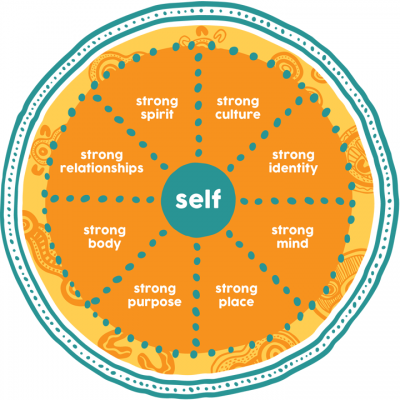Aboriginal and Torres Strait Islander Health Roles
Aboriginal and Torres Strait Islander Health Workers and Practitioners play a vital role in improving the health and wellbeing of their communities. These roles are culturally grounded and focus on providing holistic, community-focused care. They help bridge the gap between Indigenous and non-Indigenous health systems, making sure care is respectful, safe, and relevant to the needs of Aboriginal and Torres Strait Islander peoples.
These careers are especially important in remote areas like the Pilbara, where strong local voices and leadership are key to improving health outcomes.
Example Roles
Aboriginal Health Worker
Delivers primary health care, health education, and community outreach. Works closely with nurses, doctors, and other professionals.
Aboriginal Health Practitioner
Has additional training and is registered with the Australian Health Practitioner Regulation Agency (AHPRA). Can perform clinical duties such as health checks, wound care, and administering medicines.
Aboriginal Liaison Officer
Supports communication between health services and Aboriginal and Torres Strait Islander patients, helping ensure care is culturally safe.
Community Support Worker
Entry-level roles that provide hands-on experience in local clinics or community services while completing training.







Pathways to a Career
There’s more than one way to start a career in Aboriginal and Torres Strait Islander health. Whether you’re still in school, have finished high school, or are looking for a fresh start, there are pathways to get you there.
For High School Students
-
Stay engaged with subjects like Health, English, and Science.
-
Look into school-based traineeships in health or community services.
-
Talk to your school’s career advisor about local training and Aboriginal health programs.
For School Leavers or Mature-Age Students
You don’t need to have finished Year 12 to start your journey.
-
Start with a Certificate III in Aboriginal and/or Torres Strait Islander Primary Health Care
Entry requirements are often flexible, and support is available for mature-age or returning learners. -
Move on to Certificate IV or Diploma
These open doors to higher roles like Aboriginal Health Practitioner. -
Get support while you study
Organisations like IAHA and RTOs (Registered Training Organisations) often provide mentoring, financial help, and flexible study options.
Get On-the-Job Training
-
You can apply for Trainee Health Worker or Community Support Worker roles with local health services or Aboriginal Medical Services.
These positions let you earn while you learn.
Higher Education Pathways
If you want to become a nurse, midwife, or allied health professional later on:
-
Some TAFEs offer bridging programs to university, even if you didn’t finish school.
-
You can apply through alternative entry schemes, such as:
-
UWA’s Aboriginal Orientation Course
-
Curtin’s Indigenous Access Program
-
Murdoch University’s K-Track
-
Approximate Salaries
Salaries can vary depending on experience, location, and employer. Remote area allowances and benefits may apply.
Aboriginal Health Worker
Approximately $55,000 - $70,000 per year
Aboriginal Liaison Officer
Approximately $60,000 - 80,00 per year
Aboriginal Health Practitioner
Approximately $65,000 - $85,000 per year
Senior/Experienced Practitioner
Approximately $90,000+ per year



